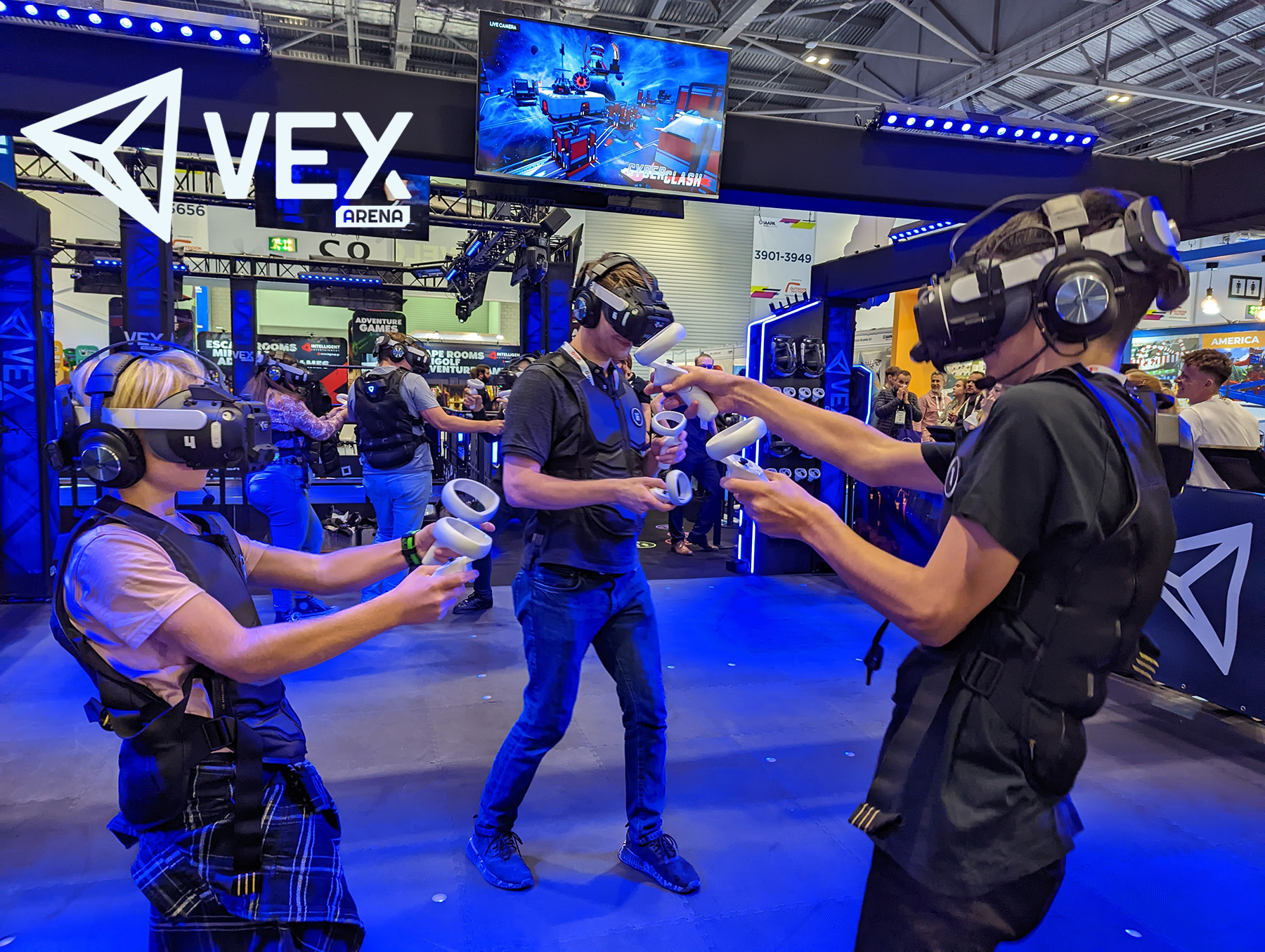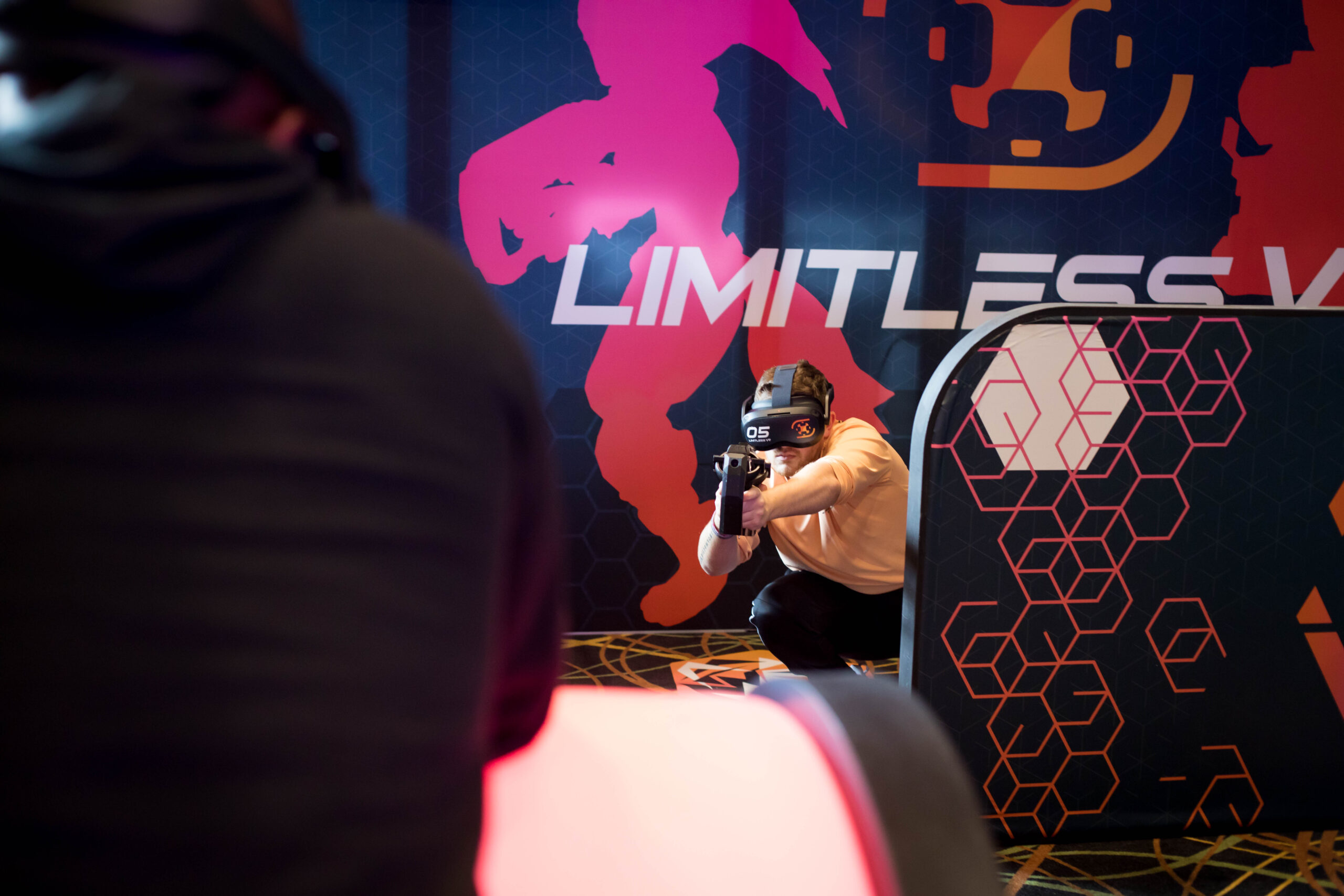Staffed VR Doesn’t Work…
Except When it Does

by Howard McAuliffe, Partner, Pinnacle Entertainment Group
In recent months, there has been a lot of buzz from distribution and operators that staffed VR attractions are not profitable. Many locations only operate unstaffed products like Virtual Rabbids: The Big Ride and King Kong of Skull Island.
If you simply look at a collection report and see the earnings of unmanned vs. manned VR attractions, and compare that revenue to the cost of each, I think you will conclude in nearly every case that unmanned VR is far more profitable. However, much like arcade game profitability, VR profitability is far more complicated and difficult to measure than simply comparing revenues to capital cost. There are many factors to truly measure the profitability of VR, including: cannibalization, group and party revenue, traffic generation and laying the foundation for a future that will likely include more VR. Let’s look at these measures one by one:
Cannibalization
The arcade “Value Perception Equation” we use is: Fun + Memories + Takeaway + Time / Cost. The dollars put on a game card allows the customer to participate in the fun, make memories and earn prizes over a period of time. If you add a new game to your location tomorrow, customers will not decide to spend more on it specifically and therefore increase their overall spend. Instead, a large portion of the sales for that new game will come from money that would have otherwise been spent on something else if it wasn’t there, so sales are “cannibalized.”
Unmanned games like Virtual Rabbids and King Kong of Skull Island are great and nearly every arcade should have at least one or the other. But, they operate like games, not attractions, so much of the revenue from those games is cannibalized. A manned VR attraction should be sold as an attraction, even if you sell it as an add-on or part of a package sold through the debit card kiosk. This way, the manned attraction is an additional spend for the customer. An added benefit of this is that the customer won’t end up blowing his total arcade spend too quickly on the manned attraction (which, by the way, should be significantly more expensive than the price per play of a game).

Group & Party Revenue
We recently took my son to Humdingers, a great FEC in New Jersey, for his birthday. Their staff kept 15 11-year-olds occupied and having fun using a Laser Maze, something we haven’t included in a location for years. Most manned VR attractions are far more compelling and can be used to generate and upsell groups and parties. An unmanned VR game won’t generate group and party sales except in very small markets.
Traffic Generation
A good, manned VR attraction, properly staffed and marketed, can drive new visits to your location. These new customers spend money on food, drinks and entertainment, too, making the value of the attraction far more than just the direct revenue it generates. You can measure the new traffic by comparing arcade sales as a percentage of other locations/revenue centers in your facility. Sophisticated operators can use tools like heat mapping and traffic counting to measure more accurately, but this isn’t necessary to prove the value. Through testing, we’ve seen that arcade sales can increase 10-15% when a manned VR attraction is added, staffed and marketed. While the value of the attraction isn’t fully captured in the direct revenues, it is very real.

The Future & Free Roam
Manned VR attractions in FECs have largely been tethered, requiring players to be plugged directly into the unit and allowing for a maximum of four players. Free roam VR was first brought to the industry by Zero Latency and was prohibitively expensive for most locations (prices have since come down for ZL but they remain at the top end of the cost scale). Over the last year VEX, Limitless VR and other free-roam systems have come to the market for about $100,000 and allow for 6 or more players at one time. The lower initial cost and higher throughput are making these systems even more compelling. When you layer in the indirect profit drivers I explained above, there are a lot of locations where manned VR works.
Many factors go into selecting, operating and marketing these attractions to ensure profitability. VR is evolving quickly with many potential pitfalls including bad systems, obsolete technology and manufacturers going out of business. While operating these systems present challenges, they also bring tremendous opportunity. I would not dismiss manned VR out of hand because “people are saying” they don’t work. Ask VR manufacturers for names of U.S. operators who are running their product, talk to those operators and think through how you could use the system to drive traffic, parties and new spending. You may find the investment is a good one for your location.
Howard McAuliffe loves to imagine and implement new products, business models, and ideas, and is a partner in Pinnacle Entertainment Group Inc. He’s an industry veteran who got his start in the business when he was just 16 and has 20 years of expertise in product development, as well as FEC and route operations. Howard’s wife Reem and young son Sami are the center of life outside of work. When he’s not working, Howard can be found enjoying the outdoors, hiking, fishing and mountaineering. Traveling anywhere new or to old favorites like the American West is a passion. Readers can visit www.grouppinnacle.com for more information or contact Howard at [email protected], he welcomes positive as well as constructive feedback and counterpoints.

